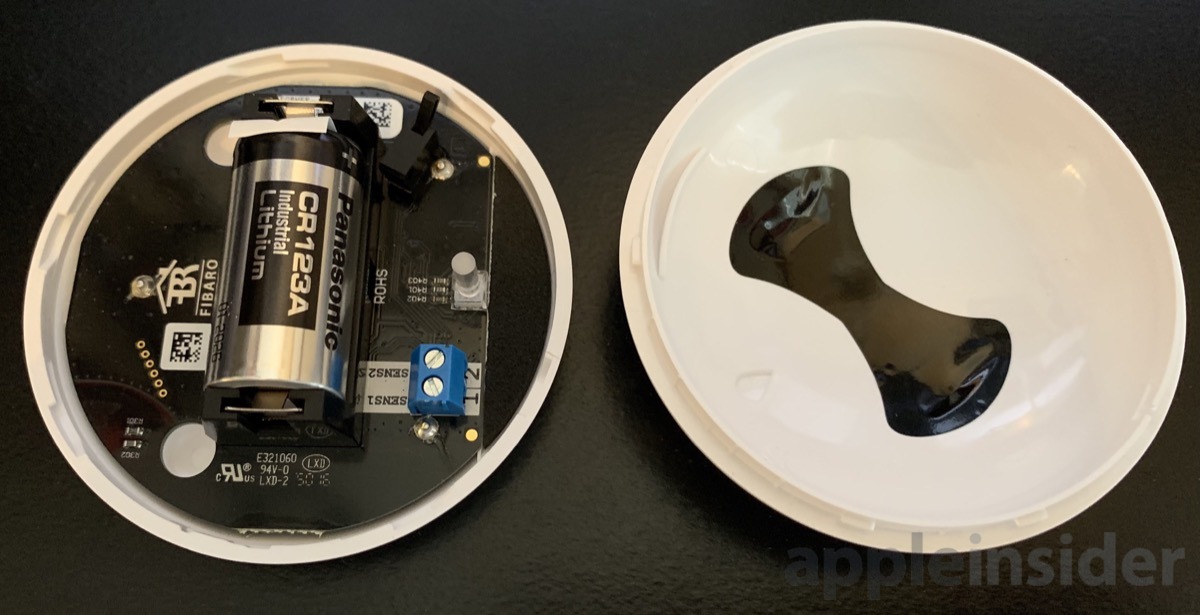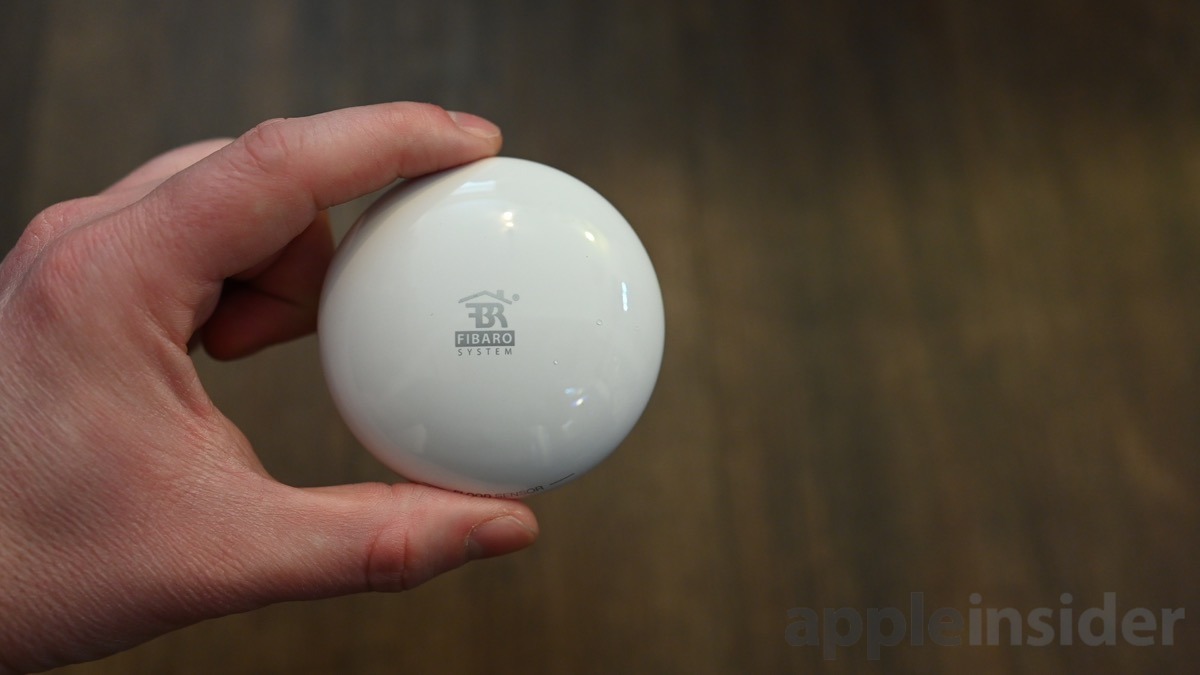The Fibaro Flood Sensor is a great HomeKit-compatible way to monitor your home for leaking water, but Bluetooth connection may be too limited for some.
As the winter snow melts and the spring rains begin to fall, much of the U.S. will be entering flood season. I've experienced this myself in several locations with flooding causing a significant amount of damage, with it happening at least once while we weren't at home. As we've continued to integrate HomeKit into the home, I jumped at the chance to tuck the Fibaro Flood Sensor into the laundry room, right near the hot water tank.
It is important to note that the Fibaro Flood Sensor is just that, a flood sensor and not a leak sensor. That should give you an idea on the amount of water required to trip this sensor, versus other leak-detecting devices that can monitor for even the smallest amount of water.
The sensor, which is small enough to fit in the palm of your hand, is rounded with a speaker and three corrosion resistant gold electrodes positioned on the bottom. You place the sensor on any flat surface, such as the ground in a flood-prone area. When water starts to encroach and touches multiple sensors, a siren will sound and the Home app will alert.
Those electrodes hold the sensor in the air, so there is nothing between the electrodes and the ground. As long as there is enough liquid to make contact with the electrodes, the sensor will trigger. We managed to set it off with a small amount of water, that is considered less than a "flood" but more than a drip. It all depends on the position of the sensor and the rate of which the water is coming in.
When water is detected, a beeping alarm is triggered. The beep is loud — if you are in the same room. If this was maybe in the basement, I feel we'd have a much harder time hearing the sound. Luckily, that is where the notifications come in — you can just see the alert on your phone as soon as water is detected. In our testing, this was very quick to trigger, with it hitting our iPhone after just a few seconds.
To set up the sensor, twist open the top — which also reveals a CR123A battery, HomeKit code, and the serial number — and remove the battery tab. Then scan the HomeKit code included in the box.
The Home app allows you to assign it to a room, and give the sensor a specific name. The name can used to identify the device via voice when asking Siri for the status, as well as to recognize it in the Home app.
Aside from being available within the Apple Home app, Fibaro has its own first-party app to view your HomeKit devices. This app is fairly bare-bones and really shouldn't be where you manage your home. It is, however, the only location to tweak the settings of the Flood Sensor or perform updates.
The one setting you can change on the sensor is the tamper alert sensitivity. Whenever the device is moved, an alert will trigger so it isn't dislodged errantly. You can increase, or decrease the sensitivity in case the surface it is on happens to be prone to vibrations.
Using HomeKit, you can create automation rules to also visually alert you if the sensor should detect an issue. It is possible to turn your HomeKit lights on and blue should water be detected, or the temperature drop below (or near) freezing. This way you still get the picture, even if you aren't tied to your phone.
Flooding aside, this sensor is also equipped with a temperature probe too. As freezing can also lead to burst pipes and flooding, this is a good combo. Monitor the temperature, and monitor for flooding all at once. But, as HomeKit still does not have alerts or triggers for temperature yet, you can't get alerted outside the Fibaro app if the temperature drops near freezing.
One concern we have is that this is a Bluetooth-connected device. That is all well and good, but if you have a large home, this may be problematic.
If you aren't within range, your phone won't get the alert. If you are out of your home, or far away from the sensor, you need a Home Hub within range to make sure you still receive that status update. Alternatively, a large home with a leaky basement and no HomePod, Apple TV, or iPad in proximity should probably explore other options, or at least test the range before relying on it.
We picked a few locations to try the sensor such as next to our hot water heater, and ended up picking a second one up for our laundry room. It was slim enough that it could easily fit under our washer where the drain is in the off chance it should flood there. If the water level gets too high, the flood sensor does float so it won't be destroyed, but at that point, finding your sensor is probably the least of your worries.
Better safe than sorry
A flood sensor isn't something that I initially felt strongly towards. It is, after all, a niche device. But seeing the damage that was done in the past through water that had spread before we caught it, it seems a small price to pay to hopefully avert the damage again.
In our home, we've had rainwater flood in the basement, a washing machine drain leak onto the floor, and an exterior wall sink pipe freeze. We also have a couple of fish tanks set up that are always a concern for water leakage.
The peace of mind afforded by the sensor makes it all better to have in our home.
Rating: 4 out of 5
Where to buy
The Fibaro Flood Sensor is available now on Amazon for $69.99 and is eligible for Prime shipping.
 Andrew O'Hara
Andrew O'Hara














 Wesley Hilliard
Wesley Hilliard
 Marko Zivkovic
Marko Zivkovic

 Christine McKee
Christine McKee
 Amber Neely
Amber Neely

 Malcolm Owen
Malcolm Owen









1 Comment
We have the z-wave version of this and it works great. One thing the article doesn’t mention is that you can add wires to make it a remote sensor. We have it mounted on the wall in our basement utility room with sensor wires extending down to the sump pump basin. If the sump pump should fail, the rising water will contact the probes and send an alarm. Having it connected to the Z-wave hub also gives us an alert when the battery gets low, eliminating the issue of having a dead battery and not knowing about it.